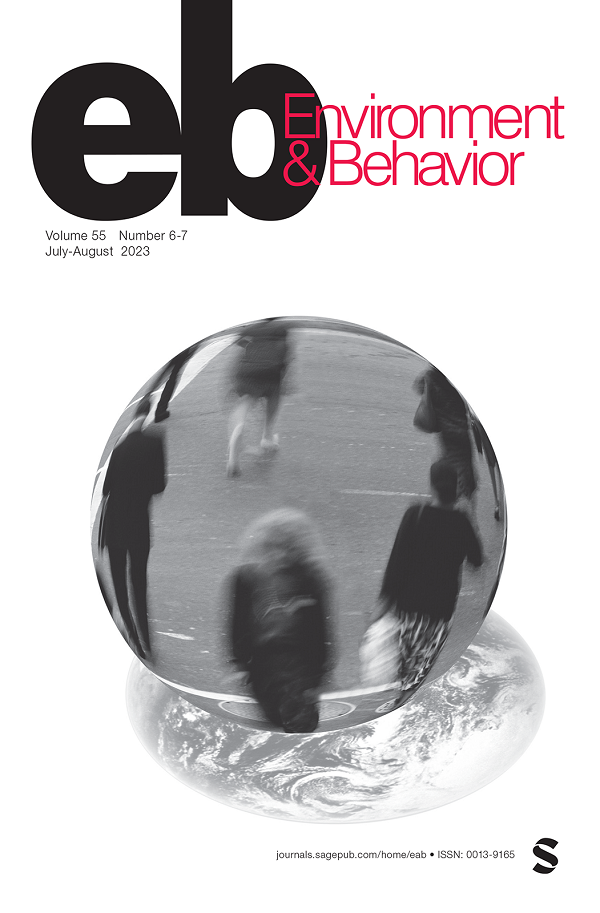更多人走过的路:美国和日本的疏散网络
IF 4.6
2区 心理学
Q1 ENVIRONMENTAL STUDIES
引用次数: 3
摘要
当危机来临时,撤离人员会去哪里?这个问题影响决策者和急救人员在灾难发生后如何分配时间、资金和资源。尽管过去的研究比较了同一灾害中城市的疏散率,但不同类型灾害之间的疏散仍在研究中。这项混合方法研究结合社会网络分析、建模和可视化,比较了2019年至2020年间美国和日本10起重大灾害中7631个城市的疏散模式。这项研究强调,从某些危险中疏散比从其他危险中疏散更相似;大规模、大规模的灾难,包括一些风暴、火灾和停电,会引发聚集和分散的疏散网络,而规模较小、集中的灾难则会导致疏散网络主要分散。此外,社会资本水平相似的城市之间往往会出现更多的疏散。通过揭示不同灾害中疏散网络的不同形状和驱动因素,学者们可以澄清疏散人员的去向,以及危机后哪些类型的城市需要额外的支持。本文章由计算机程序翻译,如有差异,请以英文原文为准。
The Road More Traveled: Evacuation Networks in the US and Japan
When crisis strikes, where do evacuees go? This question affects how policymakers and first responders allocate their time, funds, and resources after disaster. While past research compared evacuation rates of cities within the same disaster, evacuation among different types of disasters remain under-examined. This mixed methods study compares evacuation patterns from 7,631 cities among 10 major disasters in the US and Japan between 2019 and 2020, combining social network analysis, modeling, and visualization. This study highlights that evacuation from some hazards is more alike than others; large, sprawling disasters, including some storms, fires, and power outages trigger both clustered and dispersed evacuation networks, while smaller, focused disaster result in mainly dispersed evacuation networks. Further, cities with similar levels of social capital tend to see greater evacuation between them. By uncovering the different shapes and drivers of evacuation networks across different disasters, scholars can clarify where evacuees go and which kinds of cities need additional support after crisis.
求助全文
通过发布文献求助,成功后即可免费获取论文全文。
去求助
来源期刊

Environment and Behavior
Multiple-
CiteScore
13.30
自引率
1.80%
发文量
13
期刊介绍:
Environment & Behavior is an interdisciplinary journal designed to report rigorous experimental and theoretical work focusing on the influence of the physical environment on human behavior at the individual, group, and institutional levels.
 求助内容:
求助内容: 应助结果提醒方式:
应助结果提醒方式:


